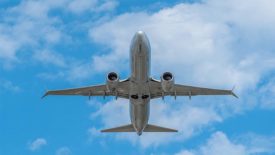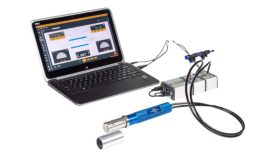Aerospace
Gain a deeper understanding of the quality manufacturing markets where technologies and materials are used to produce critical components for the aerospace and aviation industries.
ARTICLES
Meet the 2024 Quality Rookie of the Year: Justin Wise
Always Looking for the Next Challenge and Continuous Improvement
April 10, 2024
Sponsored Content
Aerospace leaders mitigate risk with manufacturing processes
April 1, 2024
Quality Headline
Greenpower Park to Establish UK as Center of Clean Energy, Electrification
March 29, 2024
From the Editor | Darryl Seland
Houston?! I Think We Have a Quality Control Problem
March 26, 2024
Measurement
Air Gaging Transforms Manufacturing Processes in Automotive and Aerospace Industries
These devices find extensive use in various manufacturing processes, from automotive to aerospace industries.
March 22, 2024
The Quality Show South
Podcast: An Aerospace Whistleblower Shares His Story
February 29, 2024
Management | 2024 Quality Leadership Ranking
Five Quality Companies to Know: DIT-MCO International
The annual Quality Leadership ranking is back.
January 4, 2024
Management
Results in for the 23rd Annual Quality Spending Survey
The status of spending
December 28, 2023
Q&A | Reed Switch Developments Corp.
A Holistic Approach to Quality: A Post-Show Q&A with 2023 Quality’s Plant of the Year, Reed Switch Developments Corp.
November 15, 2023
Get our new eMagazine delivered to your inbox every month.
Stay in the know with Quality’s comprehensive coverage of the manufacturing and metrology industries.
SIGN UP TODAY!Copyright ©2024. All Rights Reserved BNP Media.
Design, CMS, Hosting & Web Development :: ePublishing










